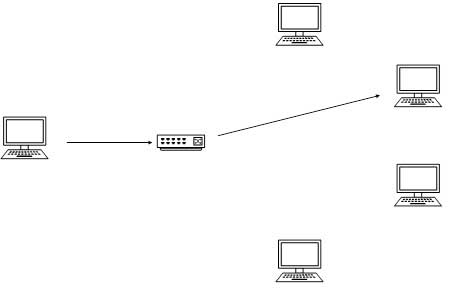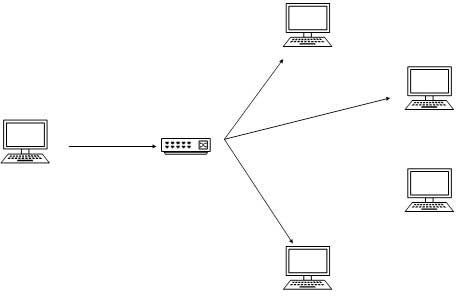IPV6 Addressing
IPV6 Overview:
IPV6 Addressing Mode:
Unicast
In the unicast mode of addressing, an IPv6 interface (host) is uniquely identified in a network segment. The IPv6 packet contains both source and destination IP addresses. A host interface is equipped with an IP address that is unique in that network segment. When a network switch or a router receives a unicast IP packet, destined to a single host, it sends out one of its outgoing interfaces which connect to that particular host.

Multicast
The IPv6 multicast mode is the same as that of IPv4. The packet destined to multiple hosts is sent to a special multicast address. All the hosts interested in that multicast information, need to join that multicast group first. All the interfaces that joined the group receive the multicast packet and process it, while other hosts not interested in multicast packets ignore the multicast information.

Anycast
IPv6 has introduced a new type of address, which is called Anycast addressing. In this addressing mode, multiple interfaces (hosts) are assigned the same Anycast IP address. When a host wishes to communicate with a host equipped with an Anycast IP address, it sends a Unicast message. With the help of a complex routing mechanism, that Unicast message is delivered to the host closest to the Sender in terms of Routing cost.

Comments
Post a Comment